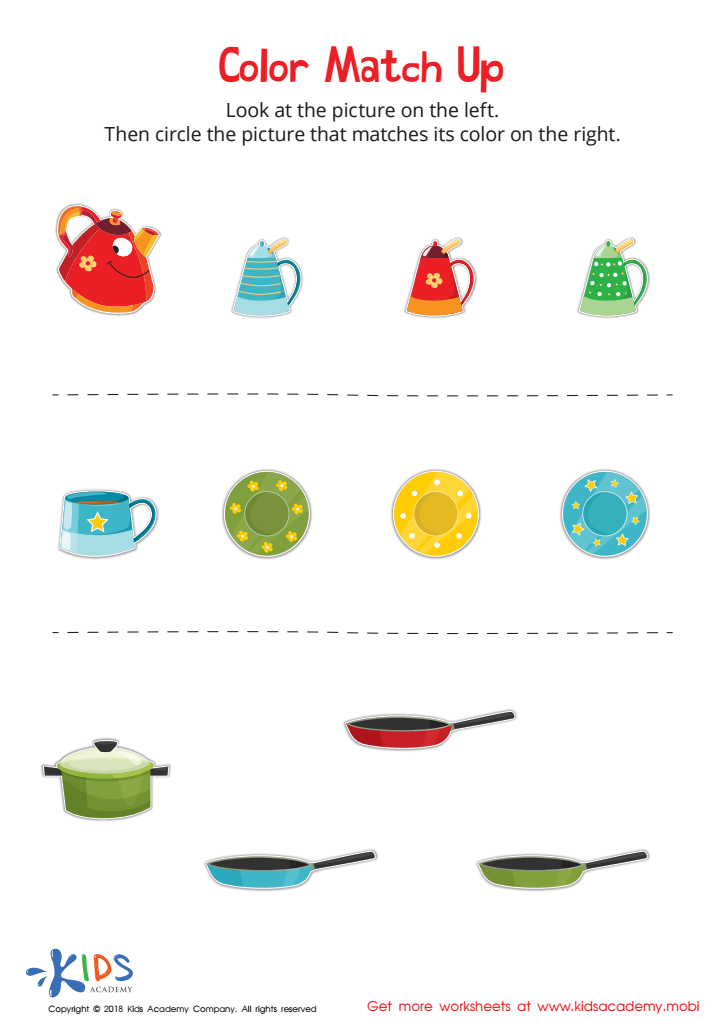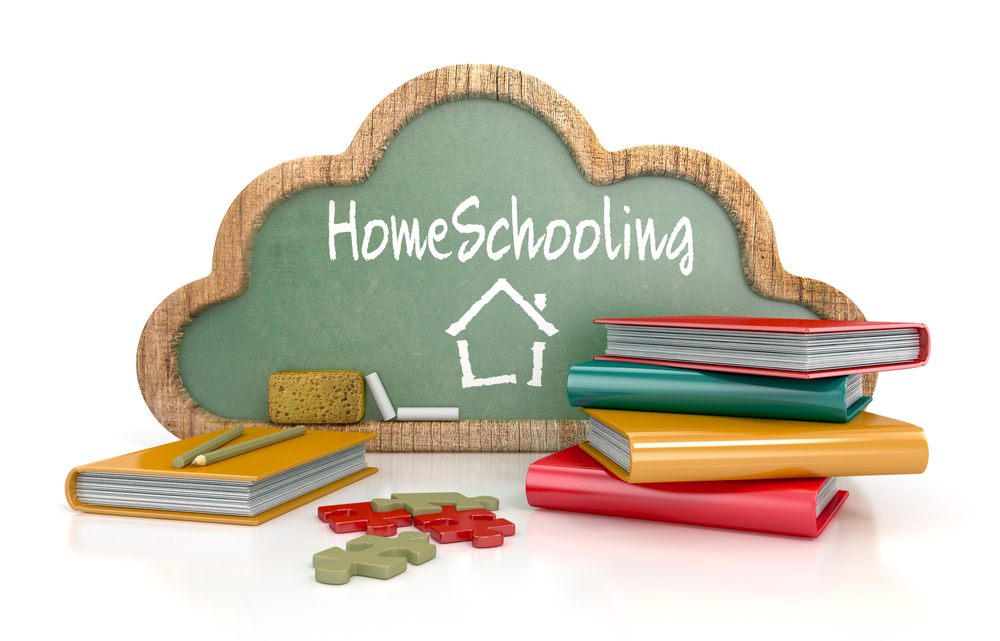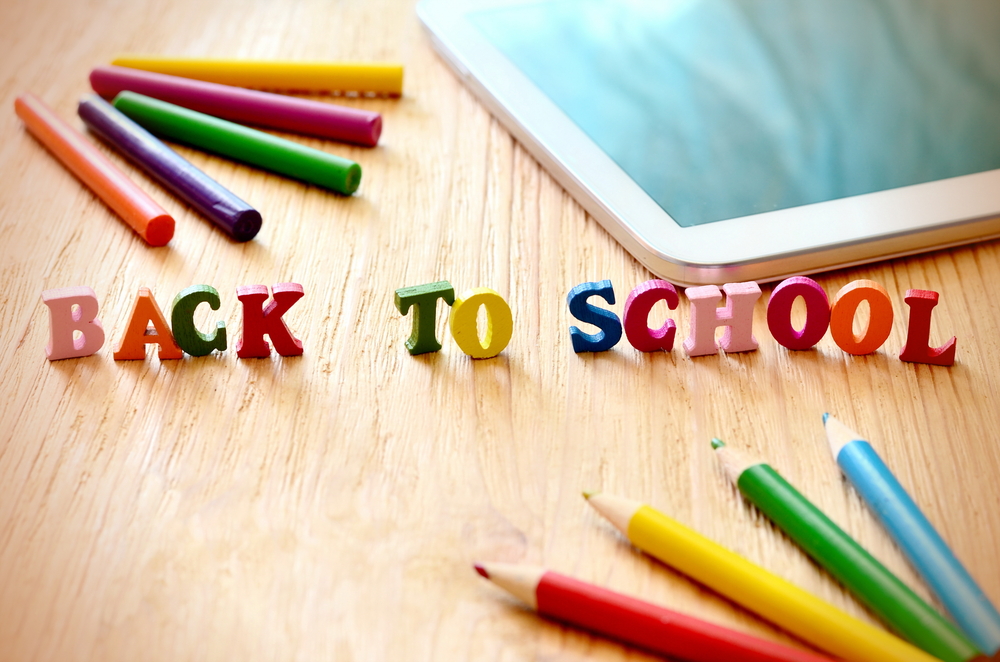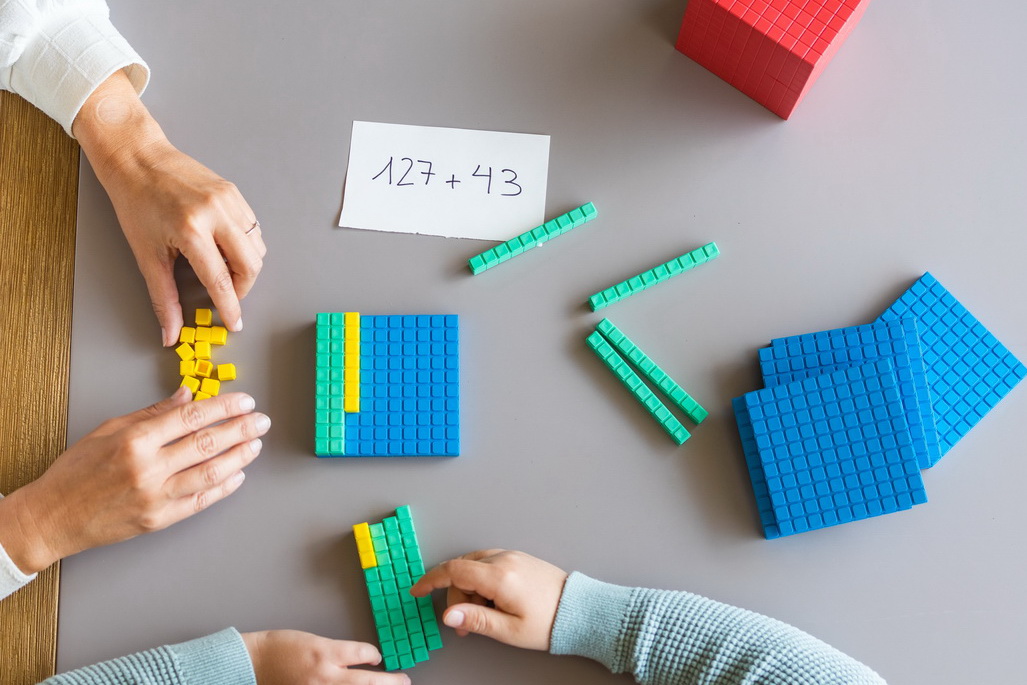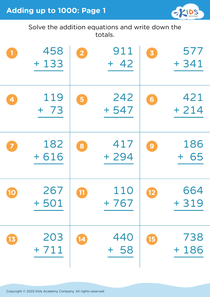Color recognition Matching Worksheets
3 filtered results
-
From - To
Discover our "Color Recognition Matching Worksheets" designed to boost your child's early learning skills through engaging and educational activities. These printable worksheets offer a variety of fun and colorful exercises that help preschoolers and kindergarteners identify and match different colors accurately. With bright illustrations and interactive tasks, your child will develop essential color recognition abilities in a playful manner. Perfect for both classroom settings and at-home learning, our worksheets provide a foundation for cognitive development and visual learning. Ideal for young learners, these resources make learning colors enjoyable and productive. Start coloring your child’s educational journey today!
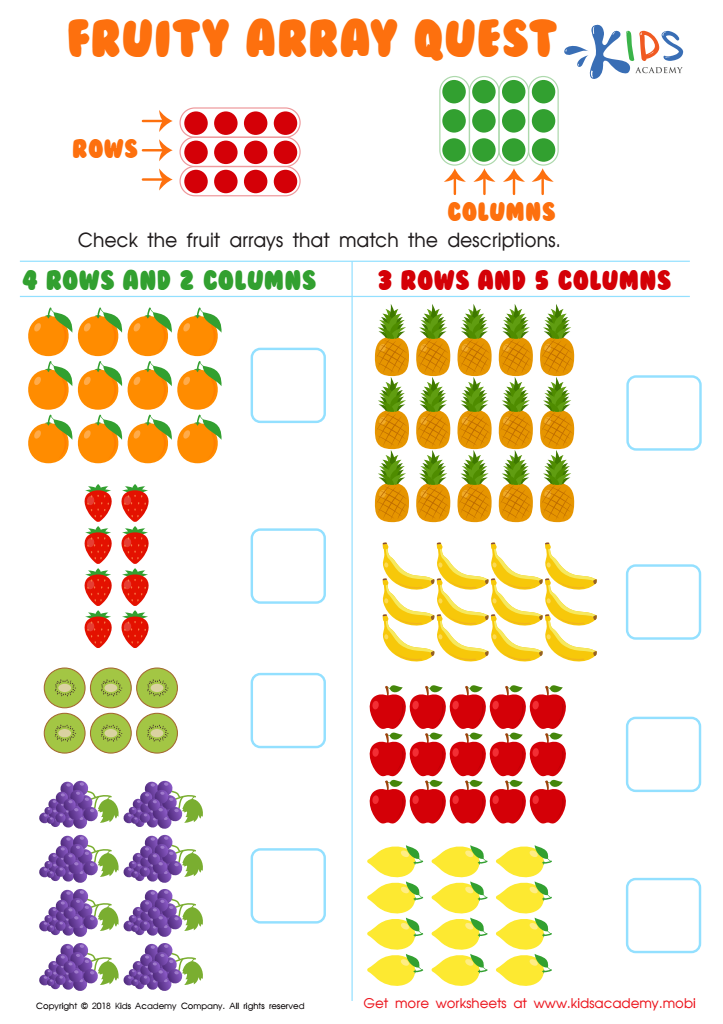

Fruity Array Quest Worksheet


Shapes Worksheet
Color recognition and matching are foundational skills that play an important role in a child's cognitive development. When parents or teachers focus on these skills, they are not only helping children distinguish colors but also supporting numerous developmental milestones.
First, color recognition enhances a child's visual perception and discrimination skills, which are critical for reading and writing. Recognizing and categorizing different hues can help children understand and organize the visual information they encounter in their environment.
Second, matching colors encourages important cognitive processes such as classification and sorting. These activities build problem-solving and critical-thinking skills, which are key components of early math and science learning. Matching also supports fine motor development, as children must often manipulate objects and physically interact with learning materials.
Moreover, discussing colors can also expand a child’s vocabulary and language skills. As children learn to identify and name different colors, they practice descriptive language and improve their communication abilities.
Socially and emotionally, color activities can boost a child's confidence and independence. Successfully recognizing and matching colors provides a sense of accomplishment, encouraging children to engage in more complex tasks.
In summary, focusing on color recognition matching nurtures a child’s cognitive, language, social, and motor development, setting a robust foundation for future learning. This multifaceted growth underscores the importance of integrating color-based activities in early childhood education.
 Assign to My Students
Assign to My Students
